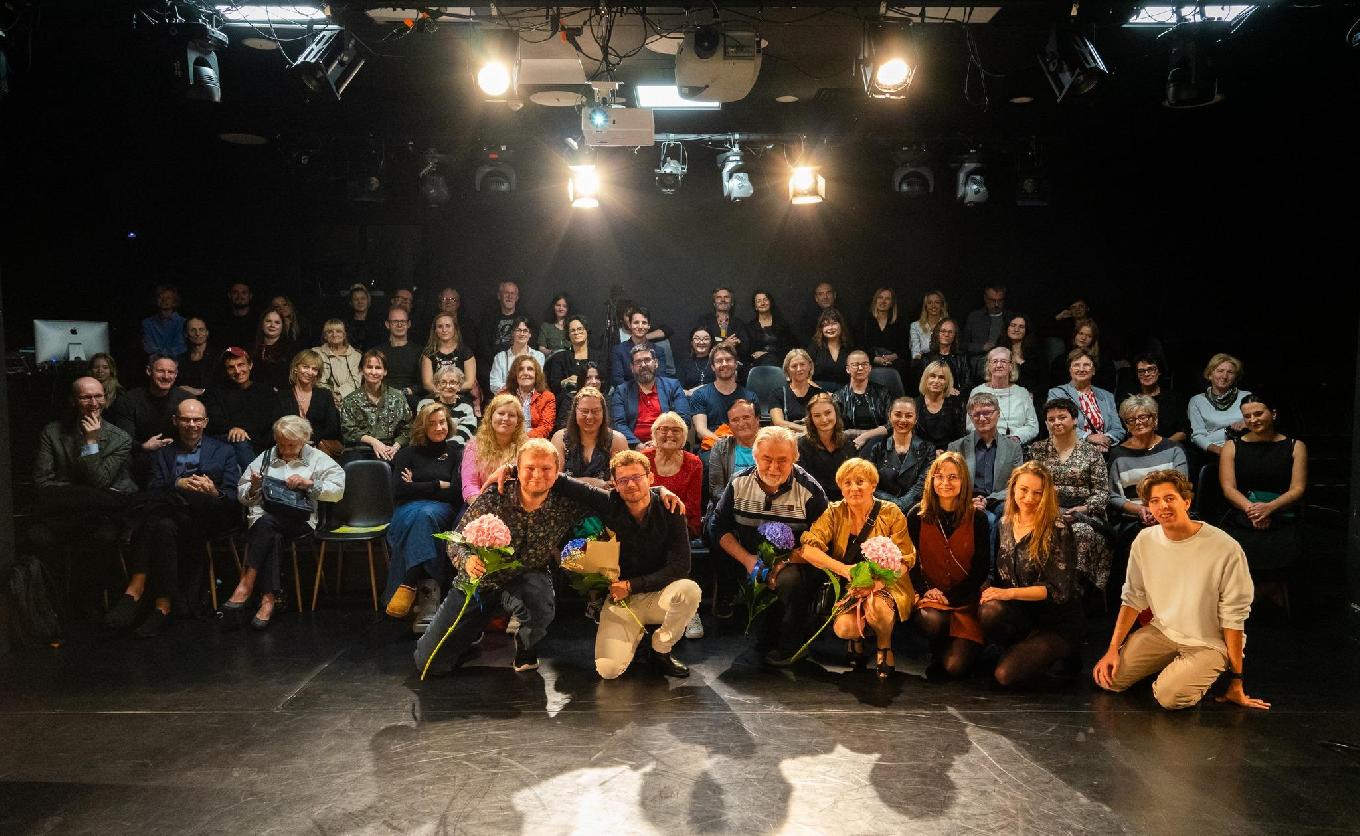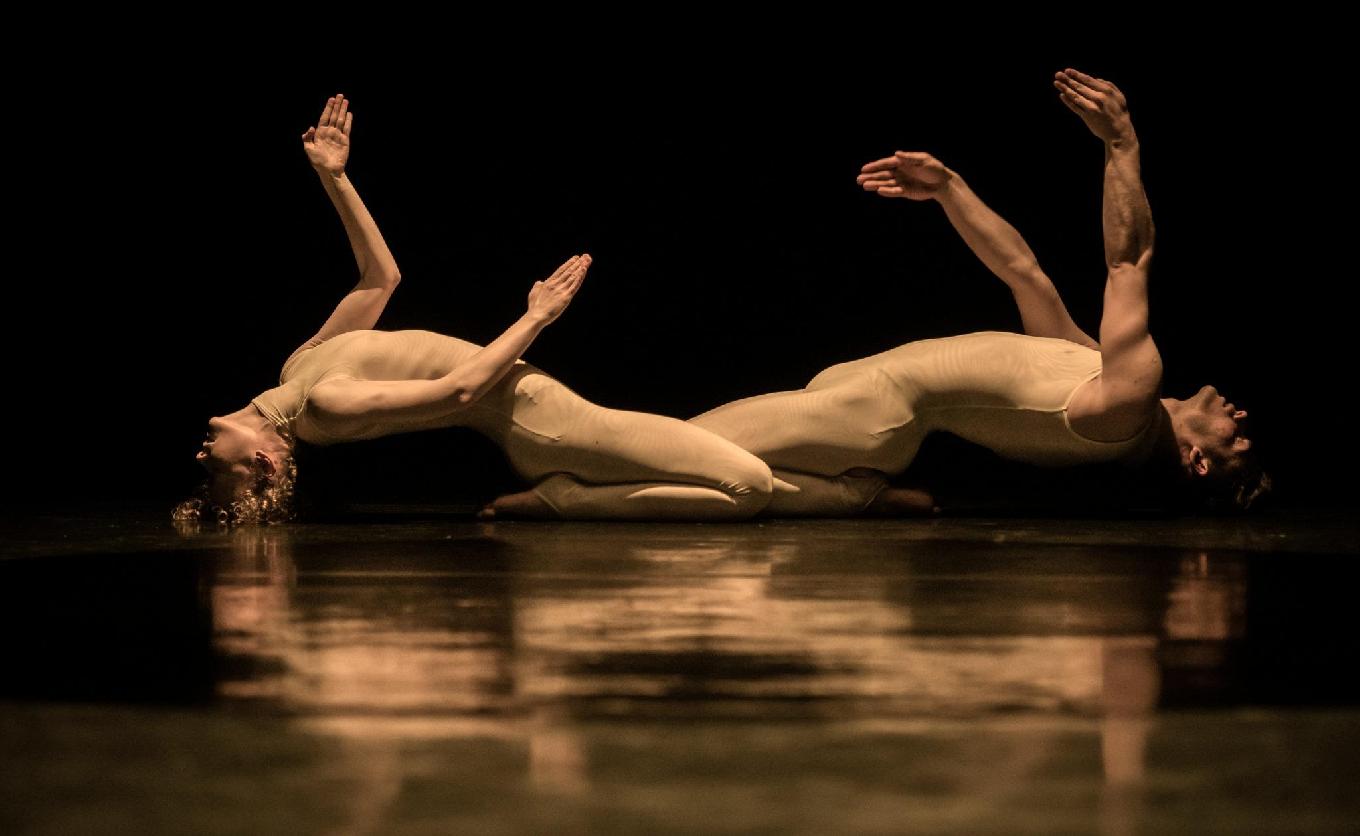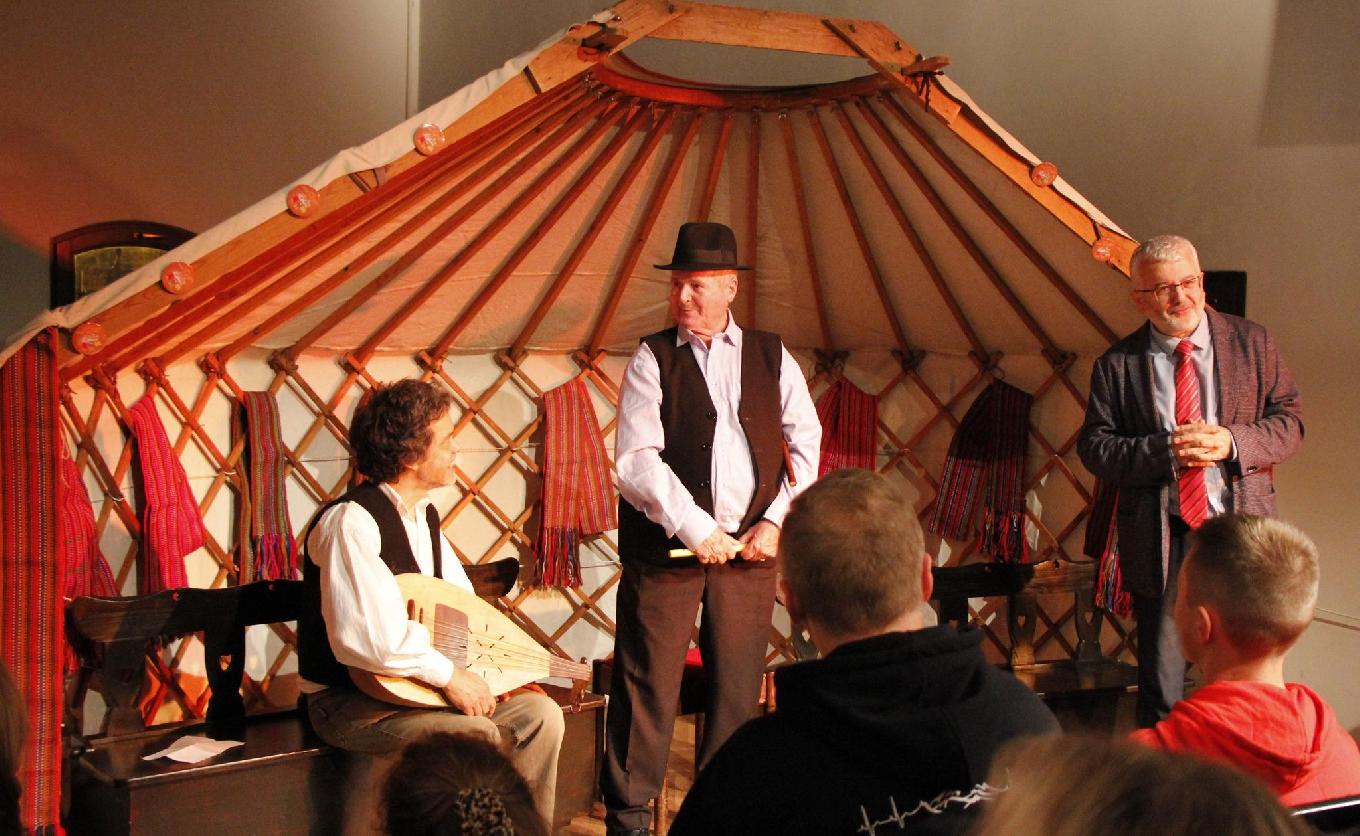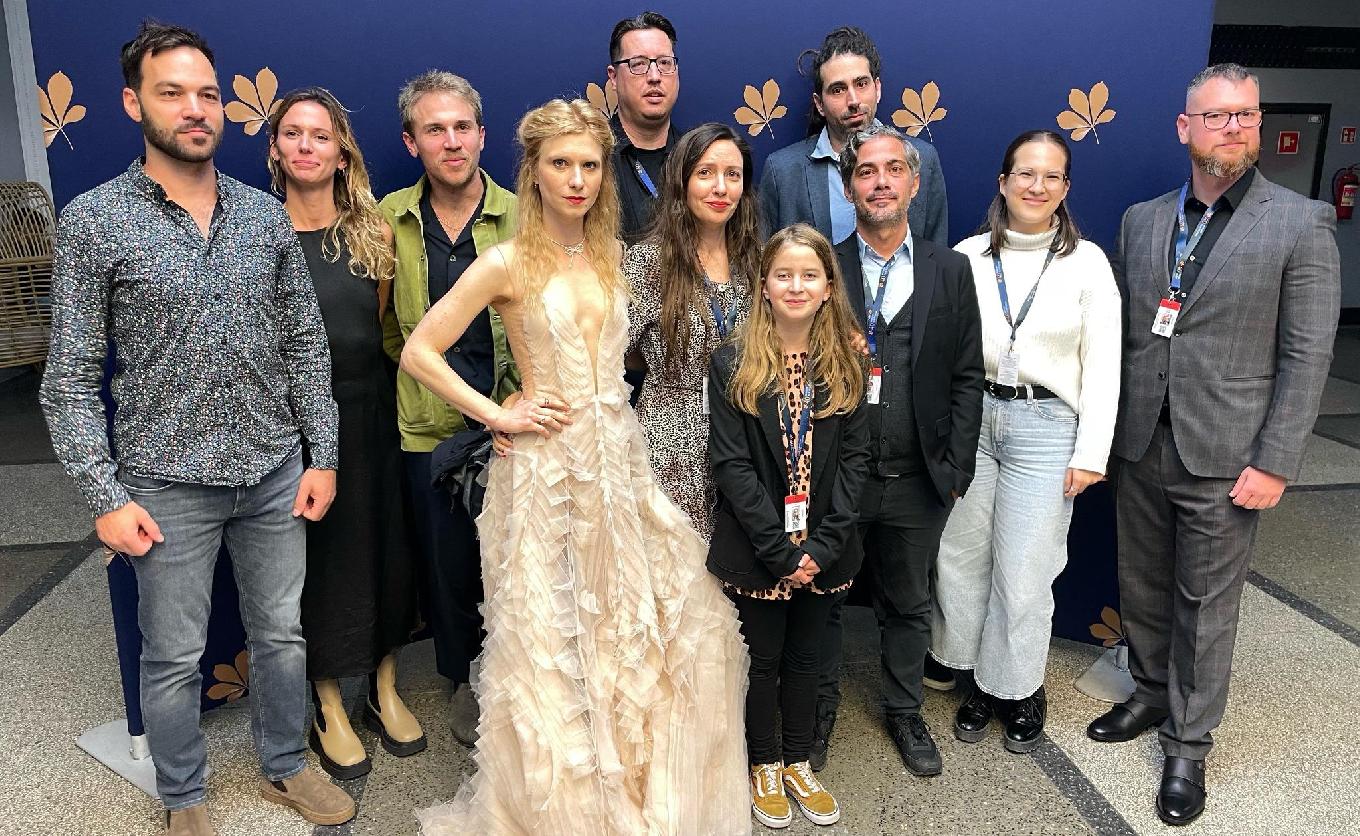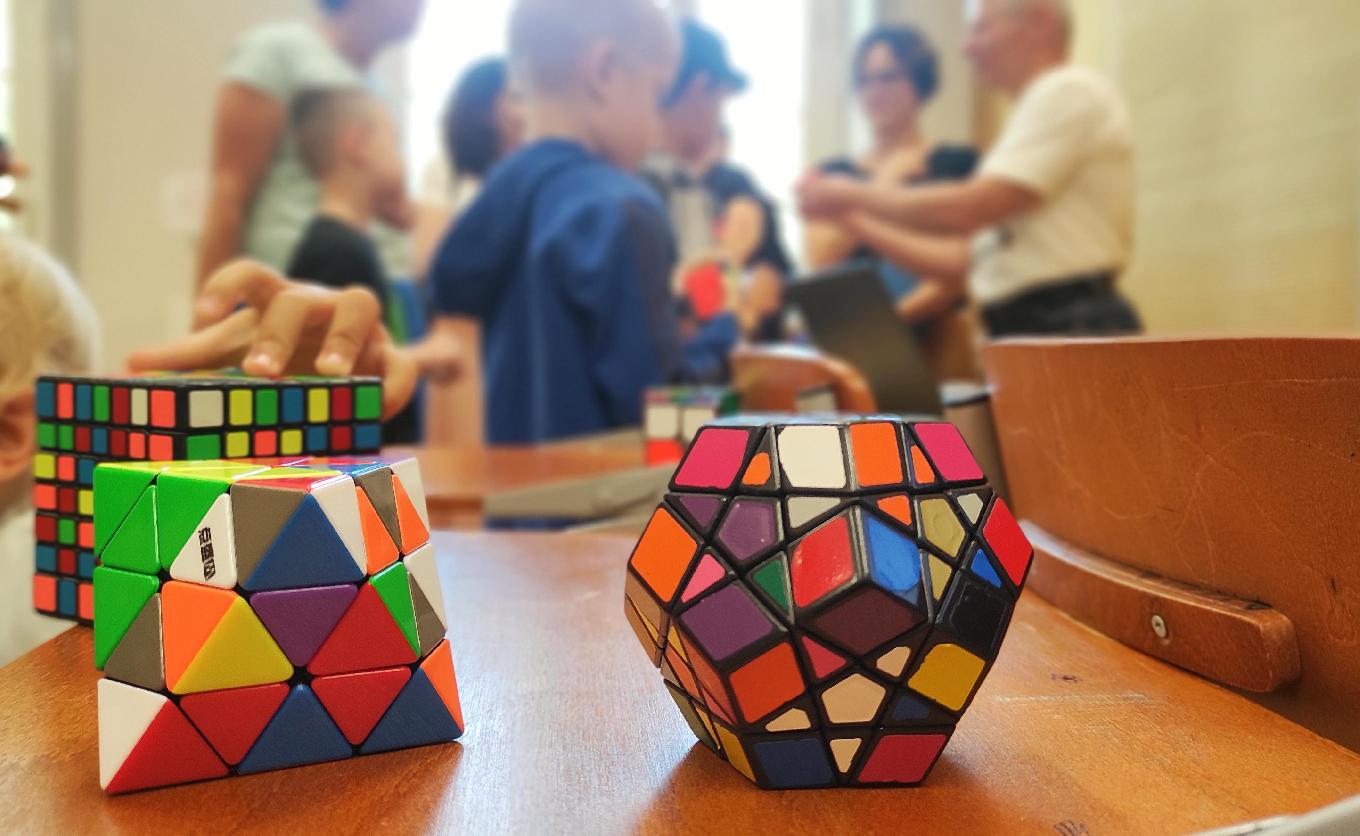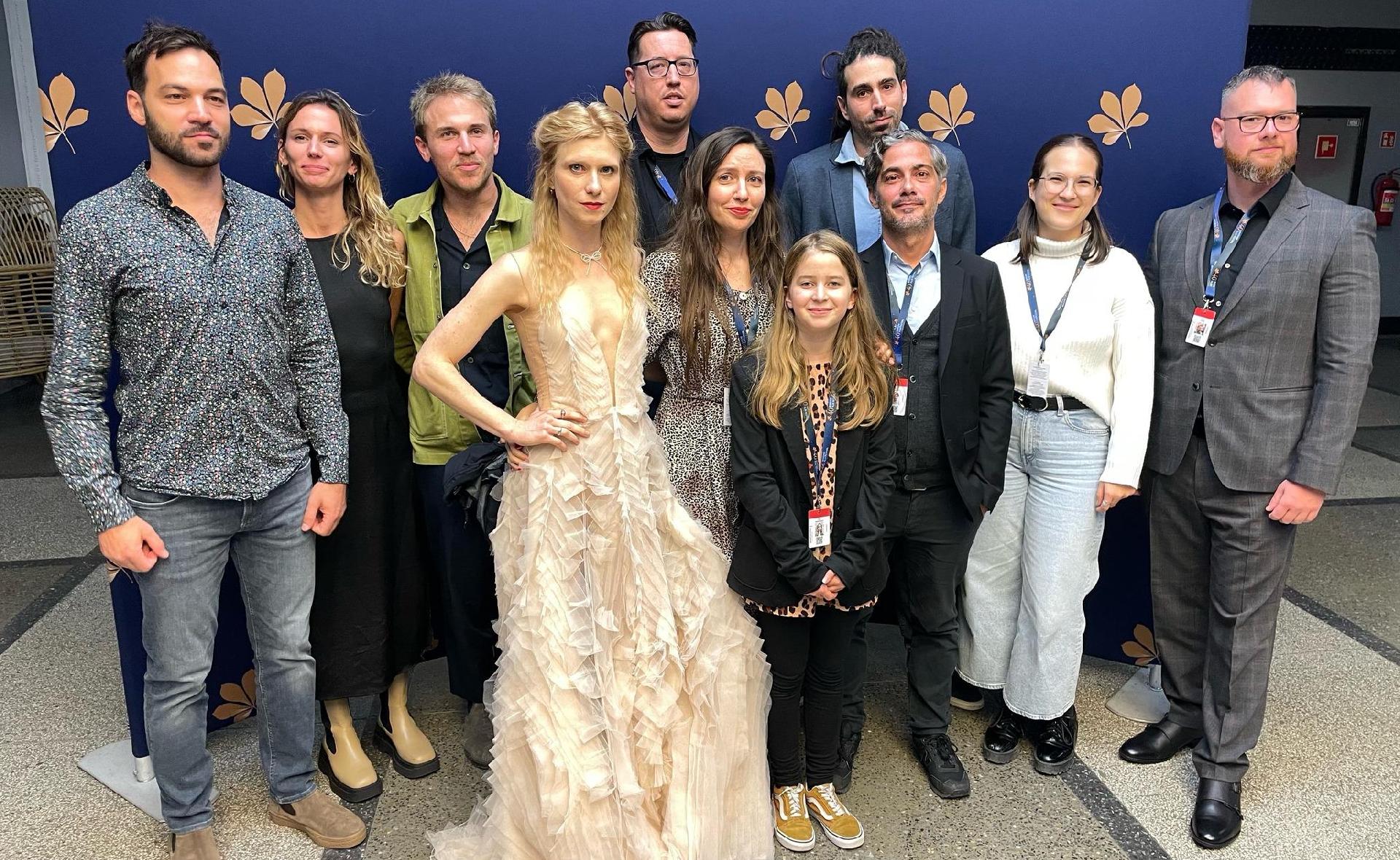
Busy Autumn Months at the Warsaw Liszt Institute
The Warsaw Liszt Institute has had a particularly busy autumn. The Institute provided the Warsaw audience with the opportunity to gain insight into the works of Béla Bartók, Zoltán Kodály, and Ferenc Liszt, as well as examine the mysteries of the Rubik's Cube from speedcubing champion István Kocza. Borbála Szabó's piece, Phone Doctor, was performed to a full house. The Liszt Institute also assisted with the exhibition of Hungarian films at the Warsaw Film Festival and supported Rita Góbi's Company at the 16th Gdańsk Dance Festival. In collaboration with the Institute, the 5th Csángó Festival was also held.
On 19 September, 2024, as part of the 3rd International Vantareum Festival, soprano Marlena Borowska and pianist Robert Marat performed compositions by Béla Bartók, Zoltán Kodály, and Ferenc Liszt at the Liszt Institute in Warsaw. After the show, visitors had the opportunity to speak directly with the musicians.
On 21 September, Hungarian speedcubing champion István Kocza performed a Rubik's Cube demonstration at the University of Warsaw as part of the Warsaw Science Festival, commemorating the 50th anniversary of the development of the Rubik's Cube. At the event organized by the Liszt Institute, Grzegorz Lubczk, former Polish ambassador to Hungary, also provided an introduction to his new book, which presents Ernő Rubik, the inventor of the Rubik's Cube.
The series of cultural programs reached another milestone on 28 September at the Współczesna Theatre, where Borbála Szabó's one-person comedy, Phone Doctor, was performed in Polish. The play, produced by Kamil Wodka, was a huge hit. The play's translator, Jolanta Jarmołowicz, attended the event, and Borbála Szabó sent a video message to the Polish audience.
Two Hungarian films, Tomorrow I Die by Nikol Cibulya and Beyond Rock Bottom by Ádám Miklós, were screened in association with the Liszt Institute in Warsaw as part of the 40th Warsaw Film Festival, which began on October 7. Both of these Hungarian films attracted a lot of attention, and their screening helped increase Hungarian cinema's standing abroad. The jury this year also included Asia Dér and Katalin Moldovai, two Hungarian filmmakers who attended the festival last year.
The 5th Csángó Festival in Poland, now a cherished tradition, took place in Toruń from 11 ro 13 October. The event featured dances taught in workshops and music performed by Hungarian, Polish, and Ukrainian musicians on traditional folk instruments. In addition to enjoying handcrafted items and Hungarian specialties, visitors had the opportunity to view Gyula Ádám's images of Csángó and Transylvanian life. With assistance from the Consulate General in Gdańsk, the event was planned in collaboration with the Warsaw Liszt Institute.
At the 16th Gdańsk Dance Festival, the Rita Góbi Company took the stage with two productions on 20 October, supported by the Liszt Institute. Rita Góbi and Ryuji Yamaguchi choreographed Vibration, which was performed by Rebeka Petra Kiss and Attila Horváth and was well received by the audience. Another work, Island, was performed by Rita Góbi and Attila Horváth.

